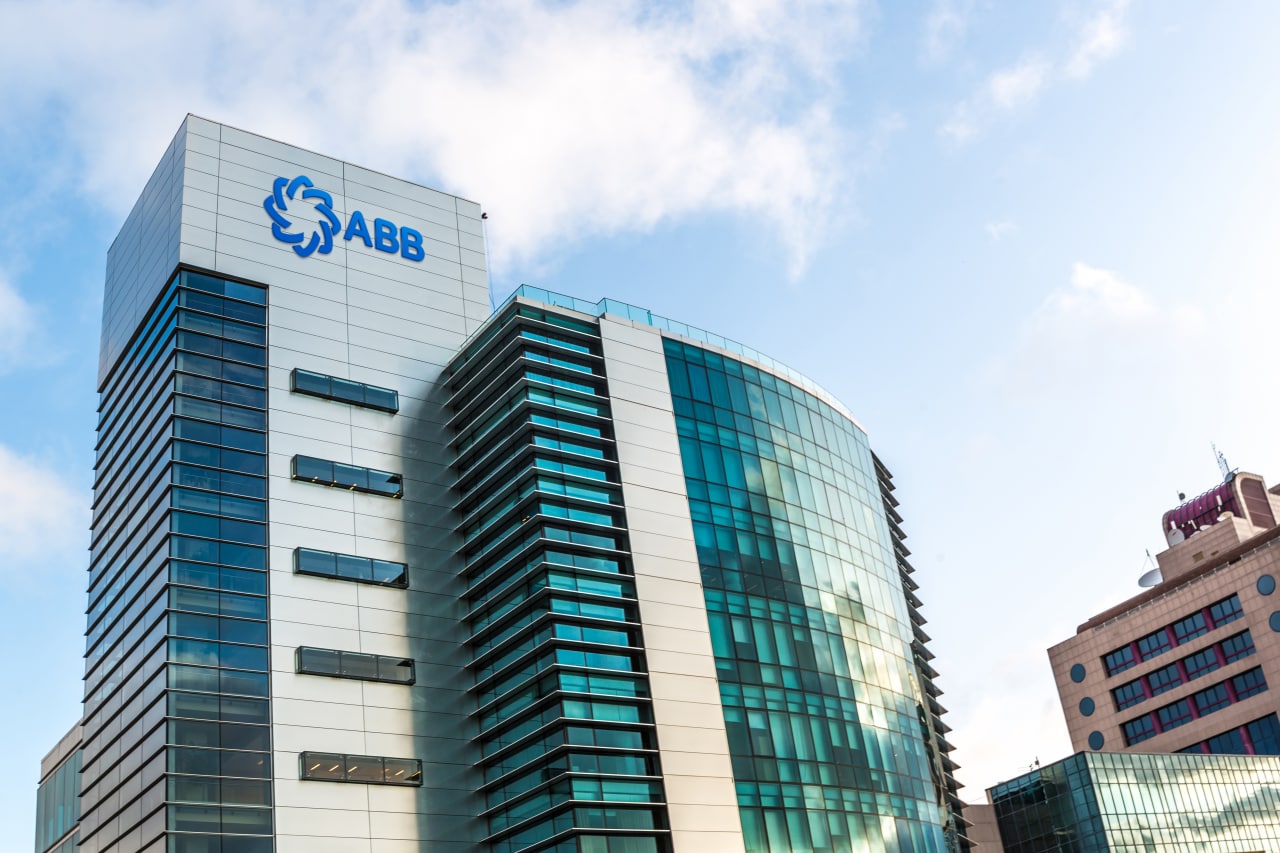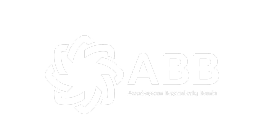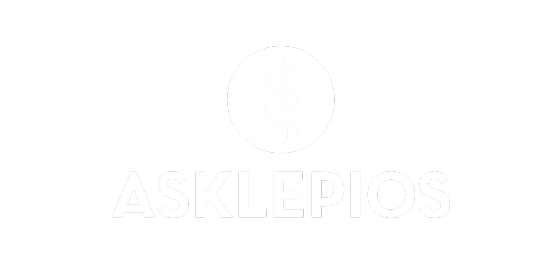
Region:Europe
Client:MHA
Industry:Consulting
How MHA boosts tax returns, performance, savings, and experiences with intelligent automation

Client Overview
MHA is an independent accounting firm with 22 offices and 2,000 people across the UK. Specializing in audit, tax, and advisory services, it’s a member of Baker Tilly International, the global network of accountants.
Partner

Alongside providing incredibly valuable consultancy, accountants perform a huge amount of admin. Tax returns, payroll, governance, and reporting fill the days of many highly skilled people, who undertake vital, yet repetitive tasks. With accountants ensuring administrative duties are completed to a high standard, their focus is often drawn away from client counsel. So, there was a clear opportunity for automation which Gary Lee, CIO and Partner at MHA, spotted when he joined the business in 2018.
“I’d been exploring the technology in my previous role and saw how it could benefit a professional service setting,” he says. “However, back then it seemed better suited to large businesses where a few well-placed automations working at scale could make substantial savings. It felt like a gamble for a company of our size and type, so we were reluctant to commit.”
Unlocking the opportunity
This sentiment changed when Gary met UK-based UiPath partner, FD Intelligence. This award-winning intelligent automation specialist excels in designing and delivering projects for all sizes of accountancy and hospitality firms. “They initially helped us with a data extraction challenge, proving their worth and showing they really understood the accounting sector.”
This led to a discussion about the possibilities for intelligent automation, which prompted Gary to act. “We explained where we thought it could be used and FD Intelligence responded with some ideas,” he adds. This led to the game-changing concept of building a personal tax robot.
Intelligent automation of personal tax returns
MHA completes around 15,000 personal tax returns every year. “FD Intelligence was creating a robot uniquely capable of automating this process – faster, 24X7 without errors, while allowing accountants to focus on customers. We were keen to get involved along with two other firms,” Gary recalls.
Personal tax returns all require similar information from clients. Once received, the accountant must add the data to the return before it’s added to a system. Most of it is standard and repetitive. “Intelligent automation used optical character recognition – a type of AI – that understands text sent to us by customers, then extracts the data and adds it to the return. This is what makes it intelligent,” Gary explains.
What’s particularly impressive about the robot is that it deals with unstructured information.
Most of the time, the robot is taking details from standardized tax forms a customer might get from their employer. But thanks to AI, it can also understand an email. It gets context, pulling out data that a human would normally need to decipher.
Gary Lee • CIO and Partner at MHA
The result is the accountant receives a tax return that’s 90 percent complete, leaving them to validate it and undertake the last leg.
“In our first year, the robot worked better than expected, completing 5,000 tax returns on time, with incredible accuracy. We’d aimed to save at least an hour of time for each tax return. In fact, we saved up to three hours,” Gary enthuses. “When we roll out the robot to all offices, it’s expected to save 45,000 hours of work each year.”
The business now has four robots, delivering tax and audit intelligent automations, which generates huge value for the business. Another robot supports the Corporate Tax team. “When we complete tax work for business clients, we present them with a detailed report highlighting the value of the engagement. This includes lots of data and graphics to illustrate the tax position, which had to be found and added manually. Now a robot does it, so our people focus on interpretation and client services.”
When asked how MHA measures the impact of intelligent automation, Gary says, “We’re only a year into our program and are building measurements. However, we’ve set ourselves a high standard in terms of return on investment. We only develop robots where we know the return will be at least four times the cost.” This was particularly important in the initial stages when Gary was keen to illustrate a strong business case to colleagues.
Engaging employees
Unlike some businesses, MHA’s people aren’t concerned about intelligent automation. “From the outset, the robots have never been about removing people from our operations. It’s all about removing repetitive tasks so people gain more time to deliver higher value work that they enjoy.”
Gary points out that in accountancy, there’s never a lack of work to do. In fact, 73 percent of firms have reported a skills gap in recent years. “The industry is always struggling to find the resources, so anything that helps reduce workloads is welcomed,” he says. “We’ve also shared our success stories with our Partners across the business to generate interest and opportunities.”
As a result, there is strong support for intelligent automation. “The leadership sees the potential in rolling it out. It’s going to become standard practice across the business. With the personal tax automation in place, the robot will now be tasked with collecting accurate data from clients, rather than just processing it,” Gary adds.
However, this doesn’t mean software will take over. “We never want to become a robot factory,” Gary confides.
The automations never take over, they just co-pilot a process, removing the laborious parts of the job. This means advisors can focus on spending more time with customers and improving the service that we deliver.
Gary Lee • CIO and Partner at MHA
What’s next?
Gary plans to develop a further four automations to manage tasks including onboarding customers and managing internal processes. But he doesn’t want to move too fast. “Like any business starting its intelligent automation journey, we don’t want to rush,” he explains. “We have seven or eight use cases in our pipeline and will work on those generating most value.” In doing so, there will be two people running the project in IT and four in the systems team, with support from FD Intelligence. “We couldn’t have quickly built a team in-house that compares to what FD Intelligence offer. We’ve learnt from them and their other clients, who share their experiences and ideas.”
Learning from MHA
MHA has achieved so much, so quickly, with intelligent automation, that there’s plenty other accountancy firms can learn from. Gary says, “Go into it with a plan to prove value. Start small, with inexpensive implementations that show a high return on investment. When you succeed, create a video to show the success and share it with as many people as possible.”
But Gary is keen to point out that even the most successful projects still need careful handling. “Never underestimate business change. You may have the best technology, but without a proper change management process, you can fail. Help colleagues understand how to adapt and what to expect.”
Finally, he says, “Have a metric to show value from the start. Our benchmark of four times return on investment has been vital. It means we consistently have strong numbers to illustrate the worth of automation.”
Proving value is a crucial success factor in accountancy, where every figure counts and each moment wasted is a cost for the firm. By intelligently automating thousands of tax returns, MHA is handing back huge swathes of time to employees to achieve more, while improving accuracy and boosting employee and customer experiences too.






